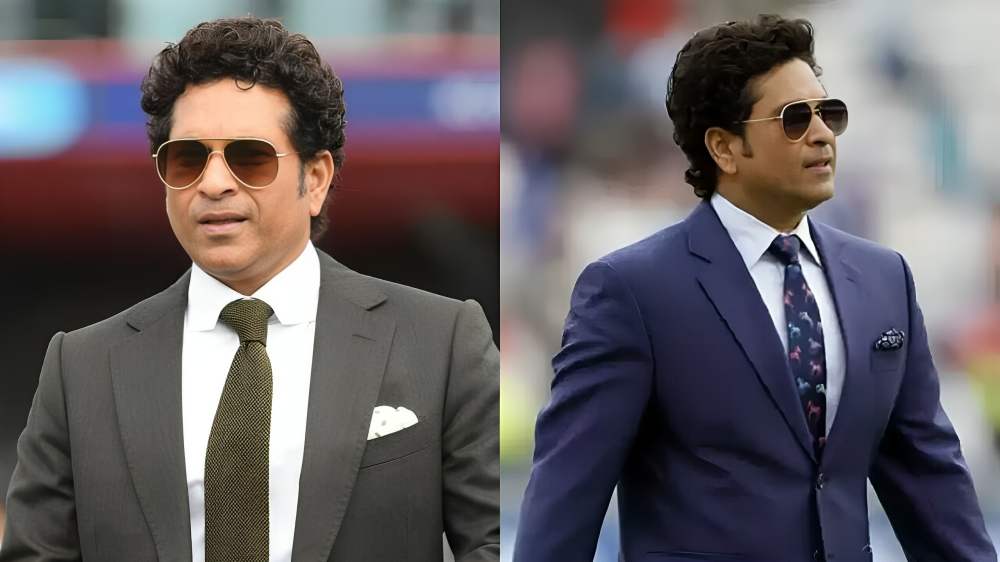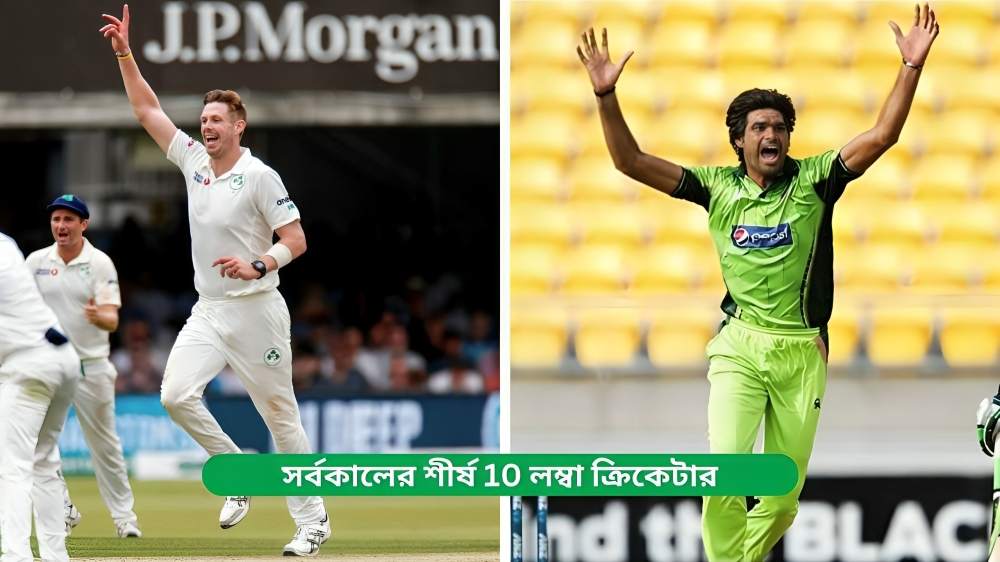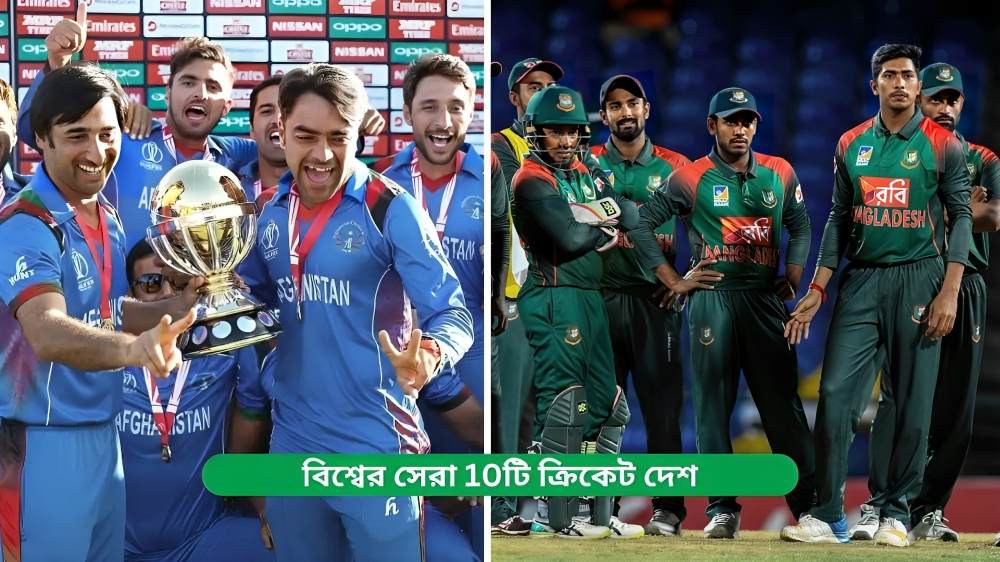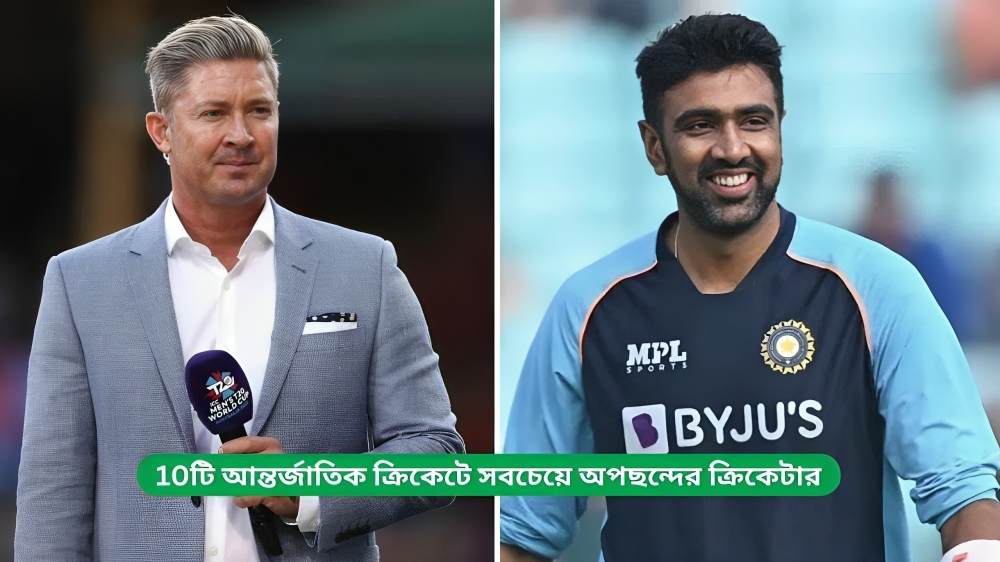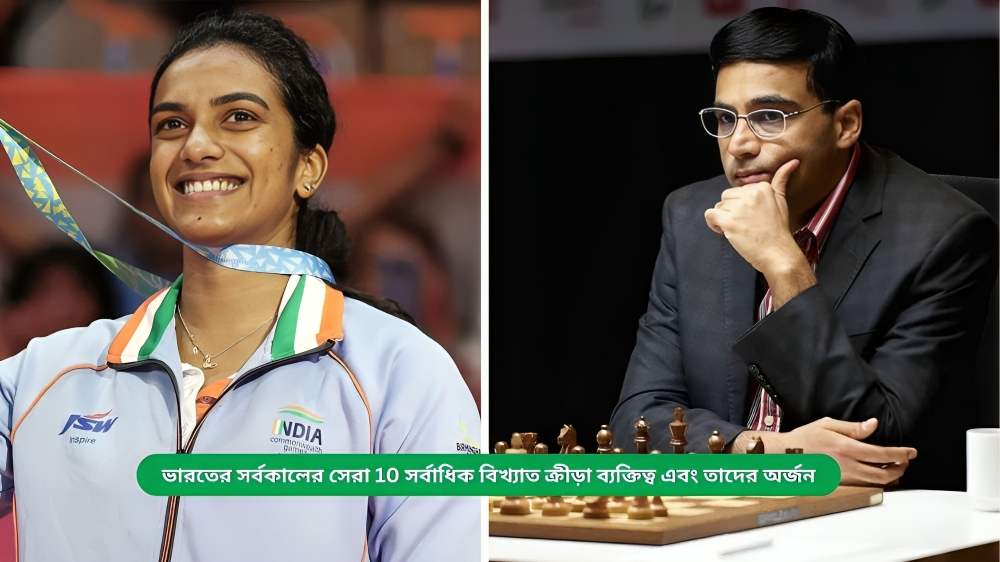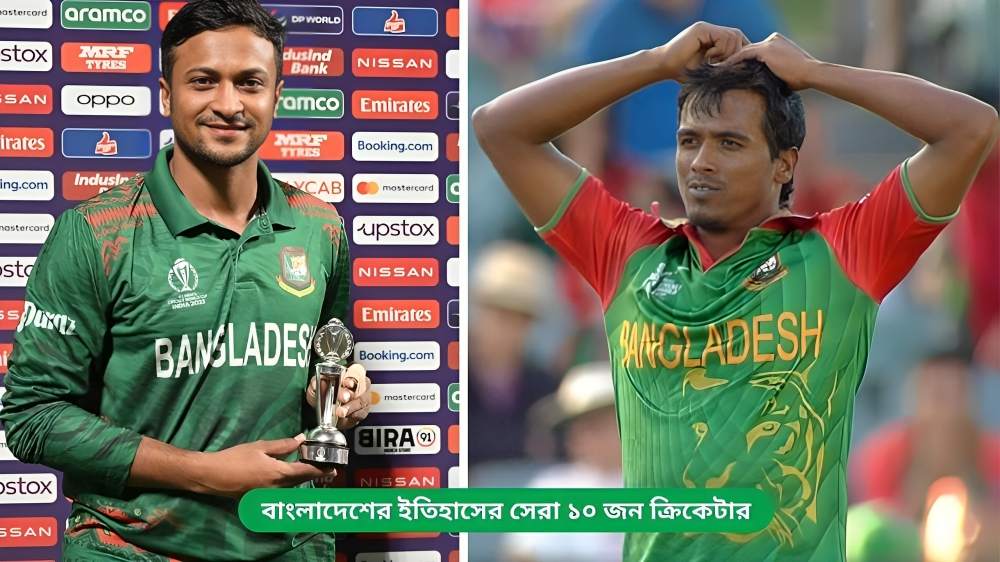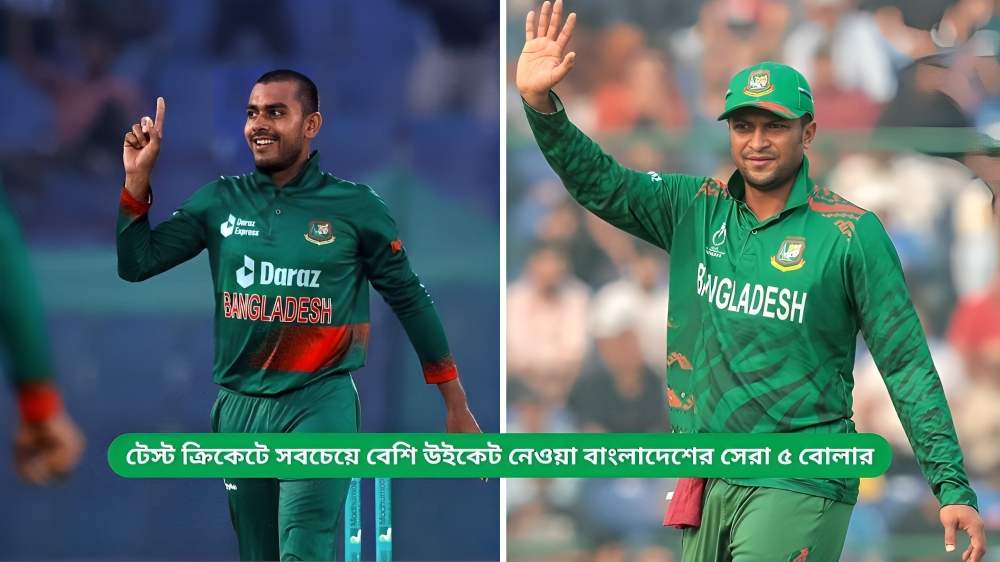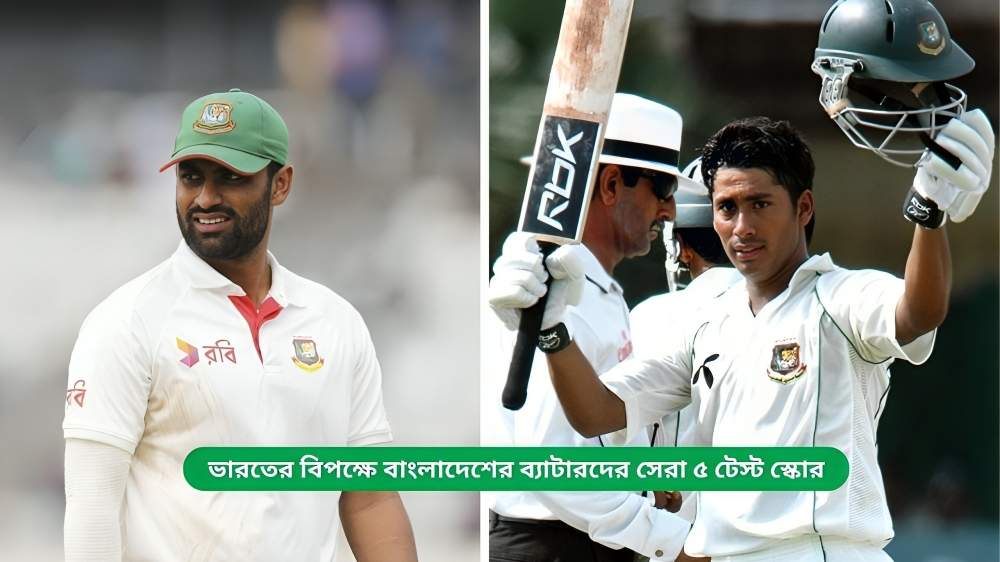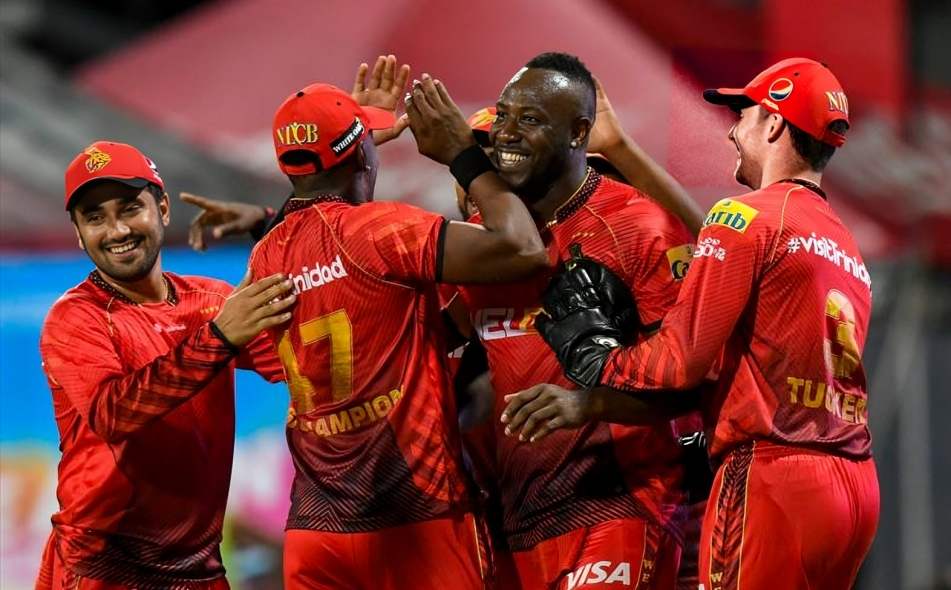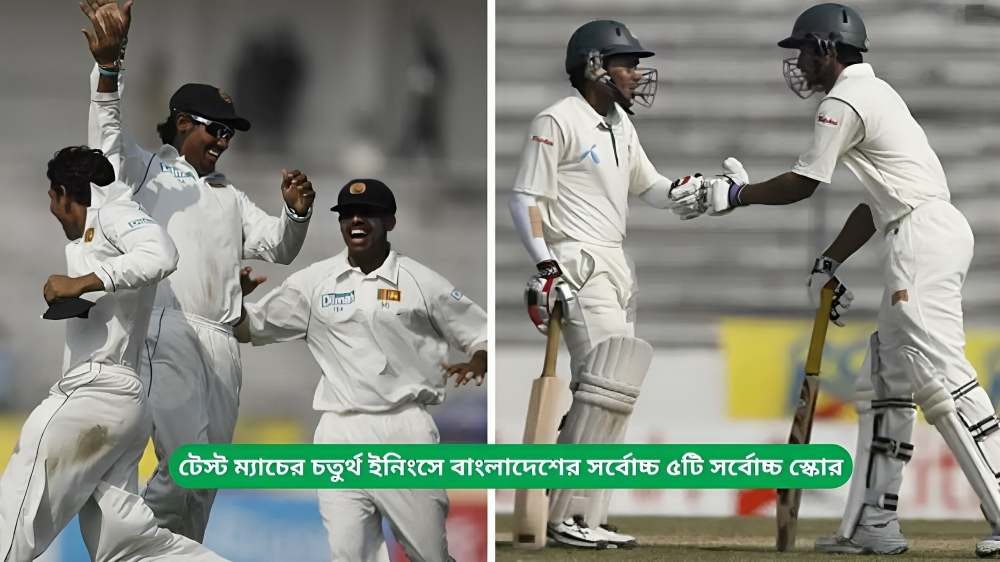The Bangladesh Cricket Board (BCB) has been pivotal in shaping cricket’s journey in the country since its roots in the 1950s. From grassroots initiatives to international achievements, the BCB has nurtured talent and elevated Bangladesh to cricketing prominence, fostering passion and pride while overcoming challenges to establish a vibrant cricket culture.
1950s: The Dawn of Test Cricket in Bangladesh
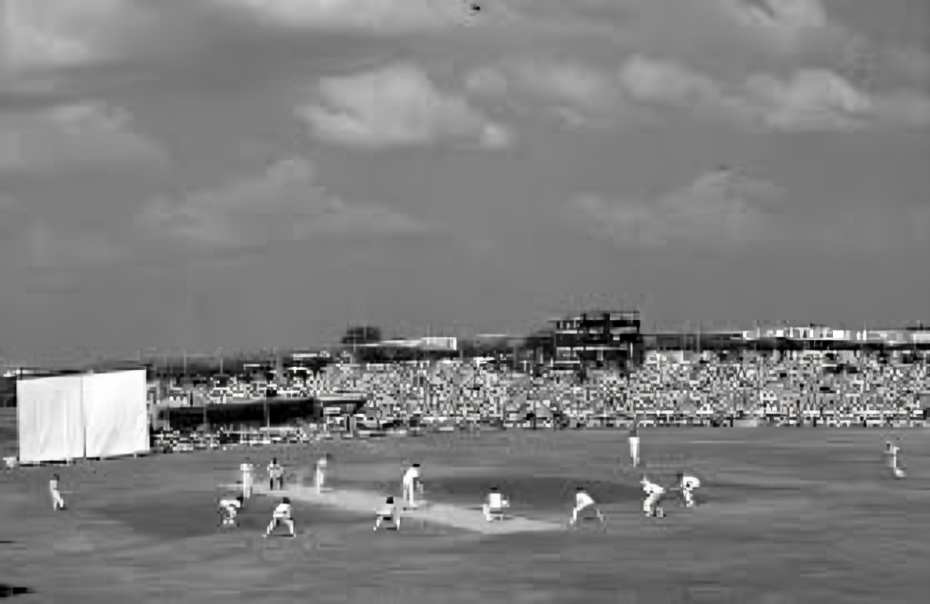
Following the partition of Bengal in 1947, domestic cricket in Pakistan was organized into four leagues. Teams from East Bengal (present-day Bangladesh), then part of Pakistan, actively competed in the prestigious first-class Quaid-e-Azam Trophy from 1954 to 1968, showcasing their cricketing talent on the national stage.
1955–1969: Dhaka Becomes a Test Cricket Hub
Between 1955 and 1969, Dhaka hosted seven international Test matches, with Pakistan serving as the host team. These matches marked the city’s rise as a significant venue in the cricketing world.
January 1955: The First Test Match in Dhaka
The inaugural Test match in Dhaka was held between Pakistan and India, starting on January 1, 1955. The game took place at the newly constructed Dacca Stadium, now known as the Bangabandhu National Stadium. At the time, the stadium had a seating capacity of 15,000, attracting cricket enthusiasts eager to witness this historic encounter. This event not only solidified Dhaka’s place on the cricketing map but also highlighted the growing passion for the sport in the region.
1960: Dacca Stadium Becomes a Regular Venue
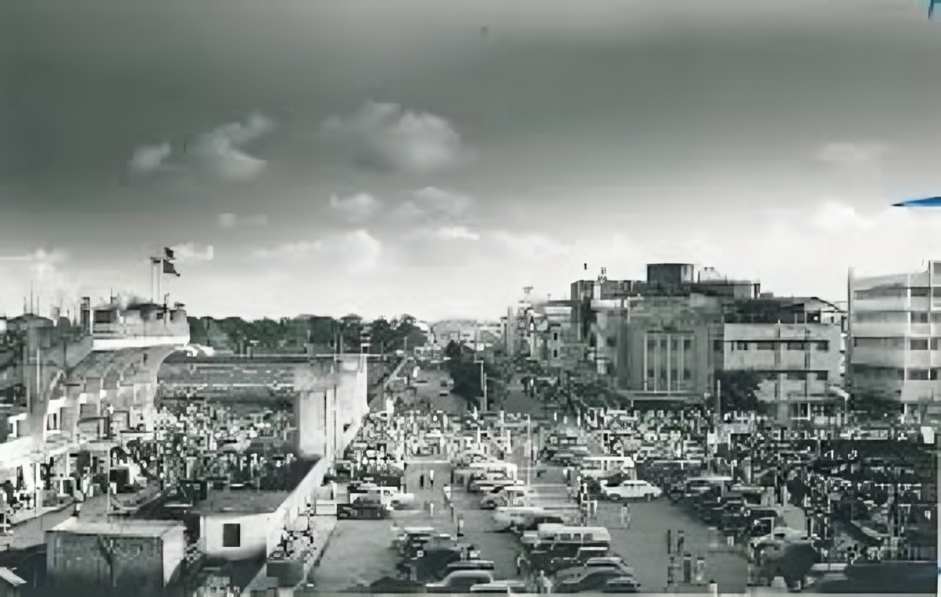
The Bangabandhu National Stadium (formerly Dacca Stadium) emerged as a regular host for Test cricket during the late 1950s and 1960s. Following its debut Test match in March 1959 between Pakistan and the West Indies, the venue continued to see significant international cricketing action.
November 1959: Australia, led by Richie Benaud, played a Test at the stadium, marking its growing importance in the cricketing world.
January 1962: Pakistan faced England in the fifth Test hosted at the venue.
February 1969: After a seven-year gap, the stadium welcomed Pakistan and England once again.
November 1969: The final Test of the decade at Dacca Stadium featured Pakistan against New Zealand, rounding off a historic era for the iconic venue.
This period established the Bangabandhu National Stadium as a cornerstone of international cricket in the region, witnessing memorable contests and laying the foundation for its legacy.
1972 – The Foundation of Bangladesh Cricket
The Bangladesh Cricket Control Board was established, marking the dawn of cricket in the nation. Shortly after, cricket leagues began in Dhaka and Chittagong, albeit with a slow start as the war-torn country prioritized rebuilding. By early 1975, the Dhaka Stadium (then “Dacca”) remained in a state of disrepair, with the cricket square having sunk several inches and the Press Club bearing the scars of shelling.
1974: A Milestone Year in Domestic Cricket
The nation witnessed the launch of its first national-level cricket tournament. District-level competitions kicked off with 1st and 2nd division cricket leagues. Alongside, various other tournaments like National Youth Cricket, Inter-University Cricket, College & School Cricket, Shahid Smriti Cricket, Damal Summer Cricket, and Star Summer Cricket were introduced, laying the foundation for a vibrant domestic cricket structure.
1976: The MCC Tours Bangladesh

In 1976, Bangladesh’s cricketing journey took a pivotal turn. Renowned cricket writer Robin Marlar penned Whither Bangladesh?, a comprehensive analysis of the nation’s cricket landscape. His work expressed hope for Bangladesh’s emergence on the international stage, inspiring local cricket officials to pursue global recognition.
Following the 1975–76 domestic season, Reza-e-Karim, acting secretary of the Bangladesh Cricket Control Board (BCCB), submitted a formal application to the International Cricket Council (then the International Cricket Conference) for ICC membership. To strengthen the case, Reza-e-Karim also drafted the BCCB’s first constitution and extended an invitation to the Marylebone Cricket Club (MCC) for a historic tour of Bangladesh in May 1976.
The ICC reviewed Bangladesh’s membership application during its June 1976 meeting. However, a final decision was deferred until after the MCC’s scheduled tour.
The MCC arrived in Dhaka on December 27, 1976, marking a monumental moment for cricket in Bangladesh. The visit generated immense excitement, culminating in a representative match attended by over 40,000 fans at Dacca (now Dhaka). This landmark tour not only showcased Bangladesh’s passion for cricket but also strengthened its bid for ICC recognition, setting the foundation for future milestones in the nation’s cricketing history.
Bangladesh Joins ICC as an Associate Member in 1977
On July 26, 1977, Bangladesh achieved a significant milestone by becoming an Associate member of the International Cricket Council (ICC).
Following this, the Bangladesh Cricket Control Board (BCCB) sought assistance to enhance its cricketing infrastructure and skills. Responding to the request, the Marylebone Cricket Club (MCC) sent Bangladesh its first foreign cricket coach, Englishman Robert Jones, marking a pivotal step in the nation’s cricketing journey.
1978: Sri Lanka’s Tour and MCC’s Return to Bangladesh
In January 1978, Sri Lanka, not yet a Test-playing nation, embarks on a tour of Bangladesh, showcasing their cricketing prowess. Later in December, the Marylebone Cricket Club (MCC) revisits Bangladesh for their second tour, extending their stay until 14 January 1979, fostering cricketing ties between the nations.
1979: Bangladesh’s Maiden ICC Trophy Appearance
In 1979, Bangladesh made its debut in the ICC Trophy held in England. The team showcased its potential by securing victories against Fiji and Malaysia, marking the beginning of its journey on the global cricket stage.
1980 – Pakistan Tours and MCC Returns
In January, Pakistan embarks on a tour of Bangladesh, playing a 2-day match in Chittagong followed by a 3-day sellout spectacle in Dhaka. Meanwhile, the MCC makes its third visit to Bangladesh, continuing its cricketing engagements in the region.
1982: Bangladesh’s Milestone ICC Trophy Campaign and Hosting Hyderabad Blues
In January 1982, the Indian first-class team Hyderabad Blues, featuring five Indian Test players, visited Bangladesh, marking a significant cricketing event for the nation.
From May to July 1982, Bangladesh competed in its second ICC Trophy tournament, achieving an impressive fourth-place finish among 16 national teams, showcasing the growing potential of Bangladeshi cricket on the global stage


